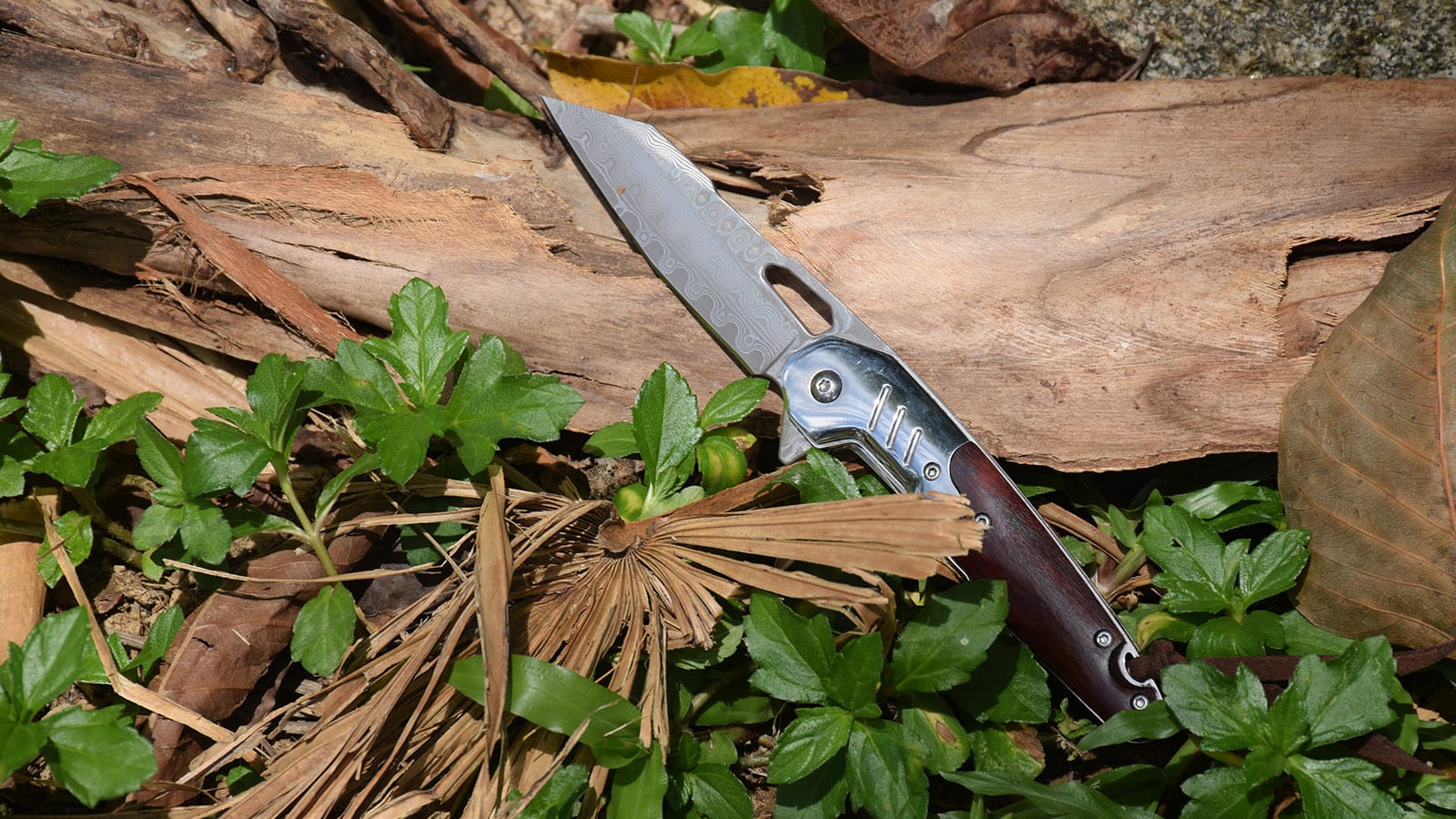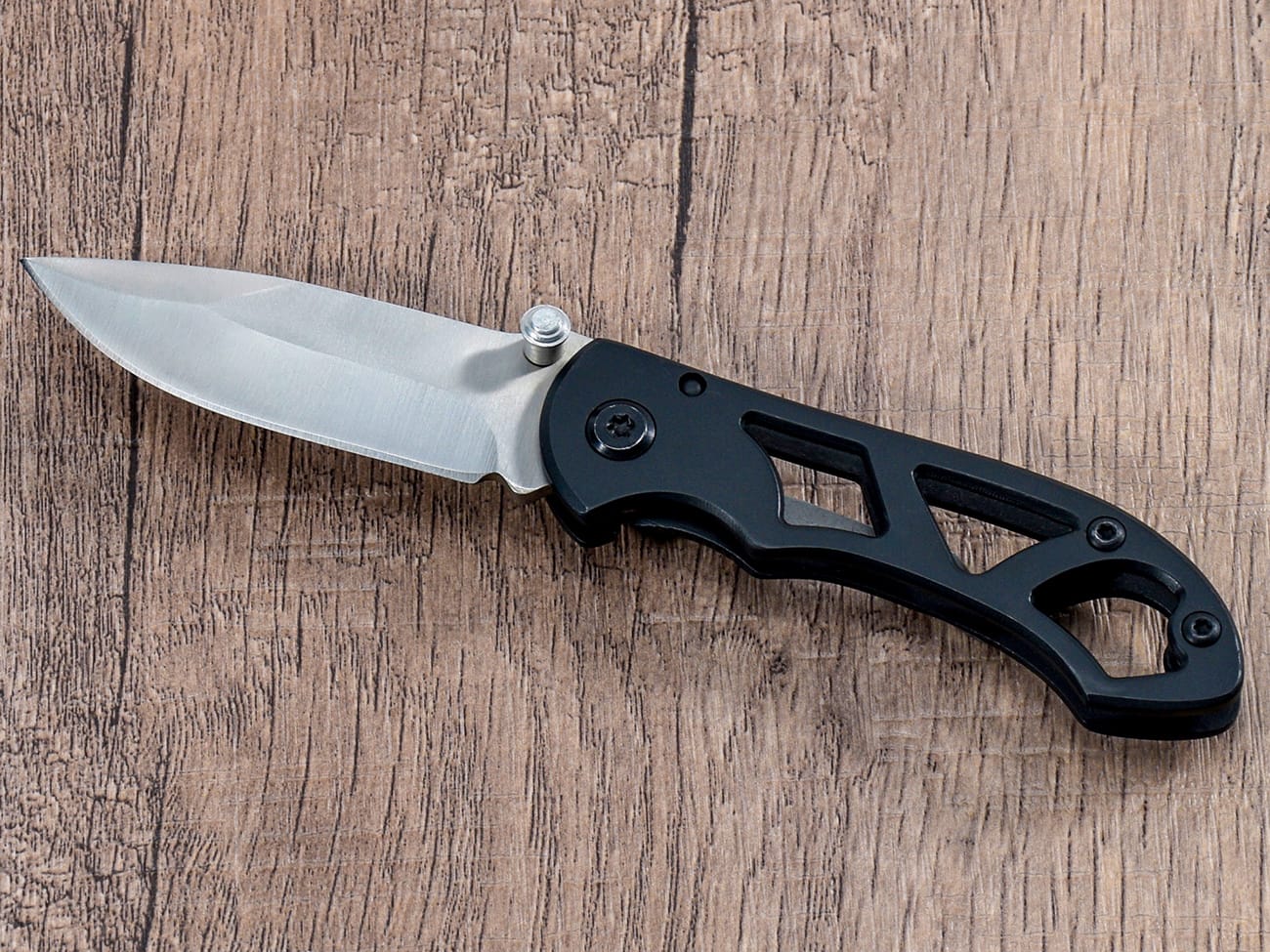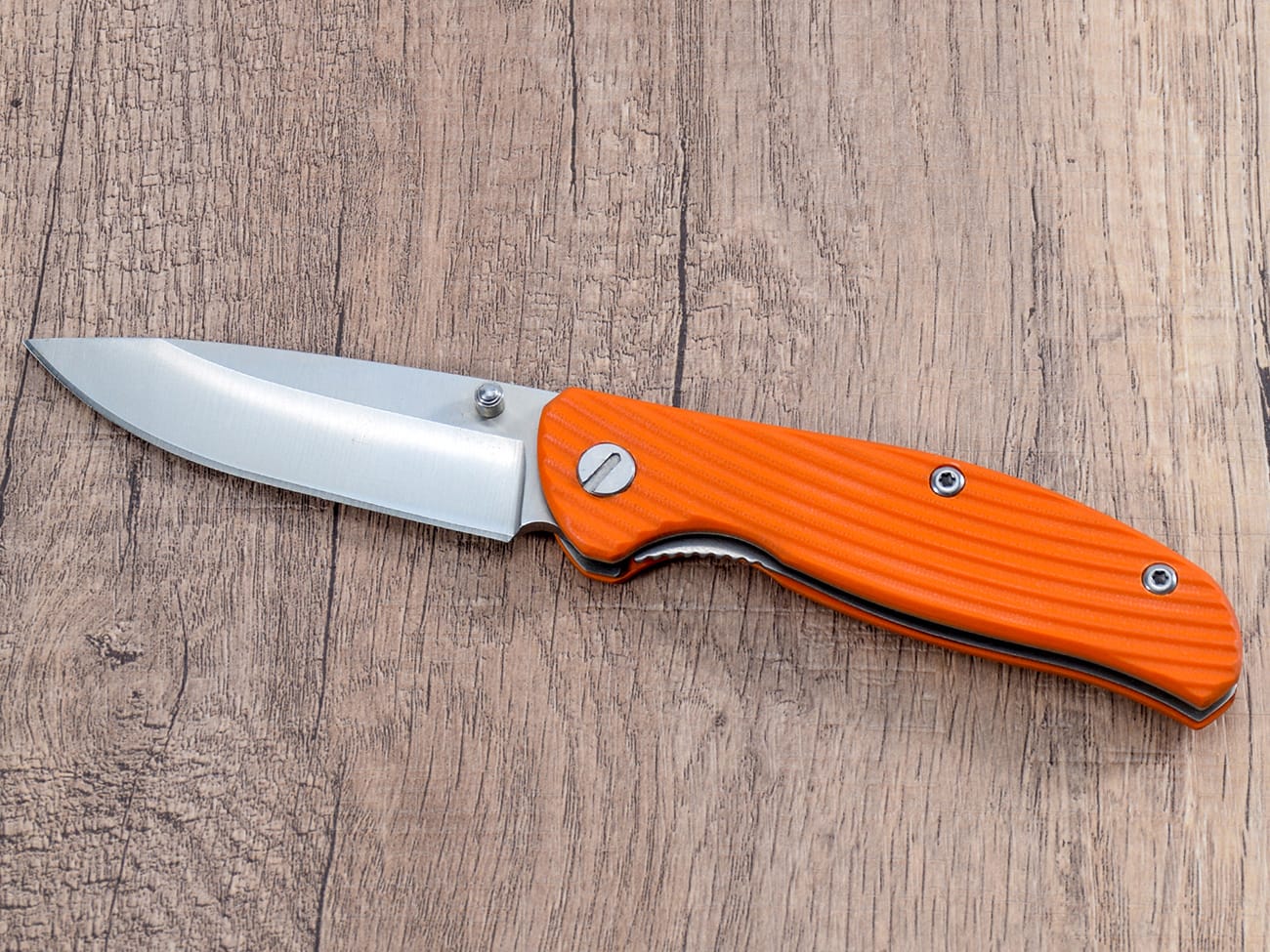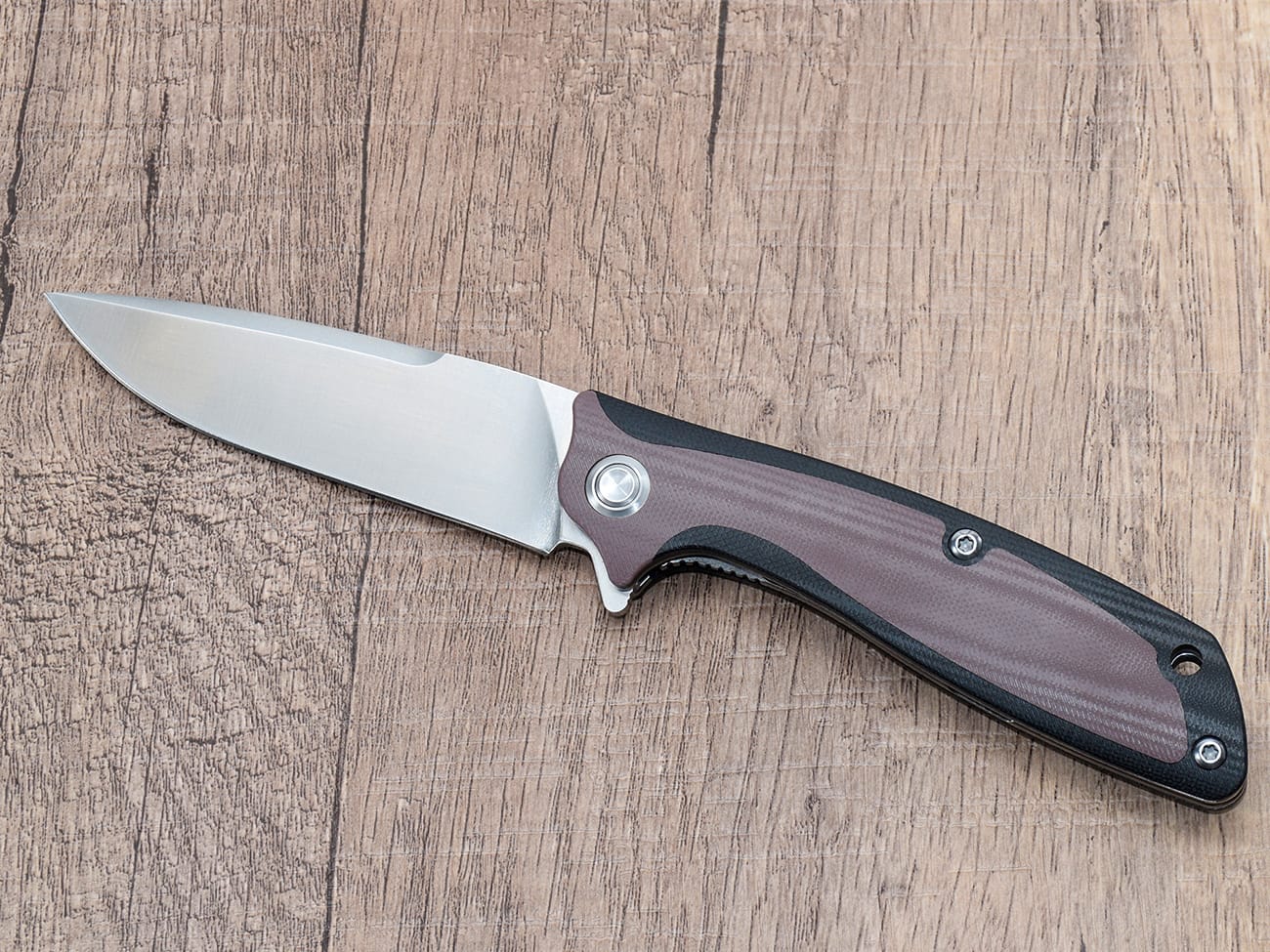Pocket knives are a staple for many enthusiasts, whether for everyday carry (EDC), outdoor adventures, or knife-making projects. One of the most notable features of modern folding knives is the thumb stud, a small yet essential component that allows for quick and easy one-handed blade deployment. But what if you want to customize your knife or replace a damaged stud? Are thumb studs removable, and how can you safely remove or replace them?This article dives deep into the world of thumb studs, exploring their functionality, removability, and the tools and techniques required for thumb stud removal. Whether you’re a knife enthusiast, a DIY repair expert, or simply curious, this guide will provide all the answers you need.
Table of Contents
1. What Is a Thumb Stud on a Pocket Knife?
A thumb stud is a small protrusion located on the blade of a folding knife. It serves as a mechanism for opening the knife with one hand, making it a popular feature in EDC knives and pocket knives. The thumb stud is typically positioned near the base of the blade, allowing the user to apply pressure with their thumb to deploy the blade.
Key Features of a Thumb Stud:
- Ease of Use: Enables one-handed opening.
- Compact Design: Does not interfere with the knife’s folding mechanism.
- Customization: Available in various materials, colors, and designs.
For many knife enthusiasts, the thumb stud is not just functional but also an aesthetic element that adds character to their pocket knife.
2. Are Thumb Studs Removable?
Yes, in most cases, thumb studs are removable. However, the ease of removal depends on the design of the knife and how the thumb stud is attached to the blade. Some thumb studs are screwed into place, while others are press-fitted or permanently fixed.
Types of Thumb Stud Attachments:
Attachment TypeRemovabilityTools RequiredScrew-In StudsEasy to removeScrewdriver or hex bitPress-Fitted StudsModerate difficultyPliers or viseFixed StudsNot removableRequires cutting or drillingIf you’re unsure about the type of thumb stud on your knife, consult the manufacturer’s description or a knife-making forum for guidance.
3. Why Would You Want to Remove a Thumb Stud?
There are several reasons why you might want to remove or replace a thumb stud on your knife:
- Customization: Replace the factory-installed stud with a custom design or a different material, such as titanium or black anodized aluminum.
- Repair: Fix a loose or damaged thumb stud to restore the knife’s functionality.
- Blade Maintenance: Removing the stud can make it easier to clean or sharpen the blade.
- Aesthetic Preferences: Some users prefer a minimalist look and may choose to remove the stud entirely.
Regardless of the reason, understanding the process of thumb stud removal is essential for maintaining and personalizing your pocket knife.
4. How to Remove a Screw-In Thumb Stud?
Screw-in thumb studs are the easiest to remove, as they are designed to be unscrewed. Here’s a step-by-step guide:
Tools Needed:
- A small screwdriver or hex bit (depending on the stud’s design).
- A piece of thin tape to protect the blade.
- A pair of pliers (optional, for extra grip).
Steps:
- Secure the Blade: Use a vise or clamp to hold the blade in place. Wrap the blade with tape to prevent scratches.
- Locate the Screw: Identify the screw on the thumb stud. It may require a flathead, Phillips, or hex driver.
- Unscrew the Stud: Turn the screw counterclockwise to loosen and remove the stud. If the stud is tight, use a pair of pliers for additional leverage.
Pro Tip: If the screw is stuck, apply a small amount of heat to loosen any adhesive, such as Locktite, that may be holding it in place.
5. How to Remove a Press-Fitted Thumb Stud?
Press-fitted thumb studs are more challenging to remove, as they are tightly pressed into the blade. Removing them requires careful handling to avoid damaging the blade.
Tools Needed:
- A pair of pliers or a vice.
- A small punch or drill bit.
- Protective tape.
Steps:
- Protect the Blade: Wrap the blade with tape to prevent scratches.
- Grip the Stud: Use pliers or a vice to grip the stud firmly.
- Apply Pressure: Gently twist and pull the stud to loosen it. If it doesn’t budge, use a punch or drill bit to push it out from the opposite side.
Warning: Removing a press-fitted stud can be tricky. If you’re unsure, consult a professional or visit a knife-making forum for advice.
6. Can You Replace a Thumb Stud?
Yes, replacing a thumb stud is a common practice among knife enthusiasts. Many online stores and knife-making shops sell replacement thumb studs in various styles and materials.
Popular Replacement Options:
- Titanium Thumb Studs: Lightweight and durable.
- Black Anodized Studs: Sleek and modern.
- Custom Designs: Unique shapes and colors to match your knife’s aesthetic.
When purchasing a replacement, ensure it is compatible with your knife’s blade thickness and thread size.
7. What Tools Are Needed for Thumb Stud Removal?
The tools required for thumb stud removal depend on the type of stud and its attachment method. Here’s a quick overview:
ToolPurposeScrewdriverFor removing screw-in studs.PliersFor gripping and twisting press-fitted studs.ViseTo secure the blade during removal.PunchTo push out press-fitted studs.DrillFor removing fixed studs (last resort).Having the right tools on hand will make the process smoother and reduce the risk of damaging your knife.
8. Are There Risks to Removing a Thumb Stud?
While removing a thumb stud is generally safe, there are some risks to consider:
- Blade Damage: Improper handling can scratch or dent the blade.
- Stud Breakage: Excessive force can break the stud, making removal more difficult.
- Loss of Functionality: Removing the stud without a replacement may affect the knife’s usability.
To minimize these risks, follow the steps carefully and use the appropriate tools.
9. Where Can You Buy Replacement Thumb Studs?
Replacement thumb studs are widely available online and in knife-making shops. Some popular sources include:
- KnifeKits.com: Offers a variety of thumb studs for folding knives.
- Custom Knife Makers: Many custom knife makers sell unique and high-quality studs.
- Knife Forums: Check out the Knife Network Forums or KnifeKits Forum for recommendations and reviews.
When shopping for a replacement, pay attention to the description and specifications to ensure compatibility with your knife.
10. How to Reinstall a Thumb Stud?
Reinstalling a thumb stud is straightforward if you follow these steps:
- Align the Stud: Position the stud in the hole on the blade.
- Secure the Stud: For screw-in studs, tighten the screw with a screwdriver. For press-fitted studs, use a vice or pliers to press it into place.
- Test the Functionality: Open and close the blade to ensure the stud is secure and functional.
Pro Tip: Apply a small amount of adhesive, such as Locktite, to prevent the stud from loosening over time.
Image Example: Thumb Stud Removal Process
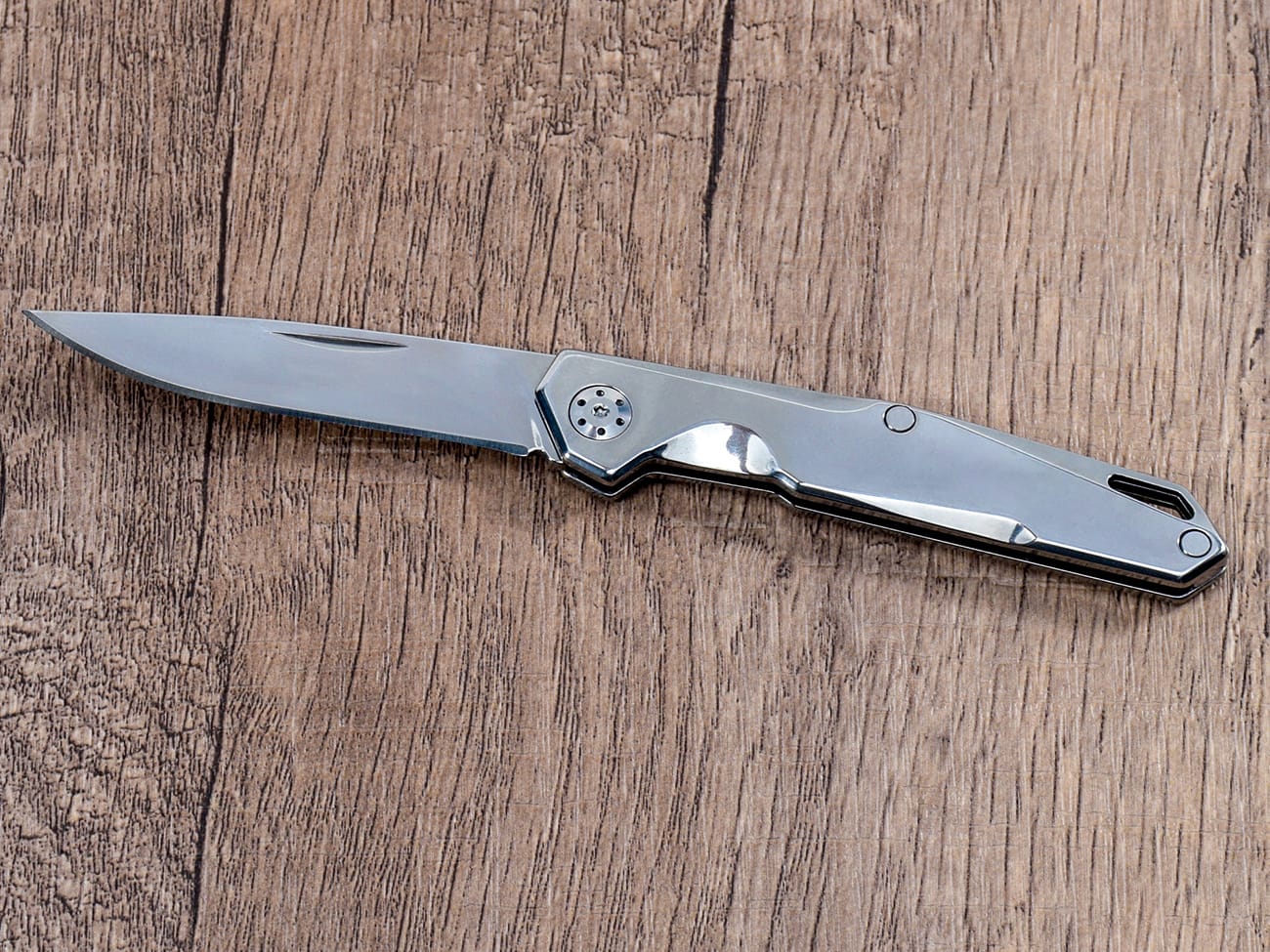
Alt Text: Custom folding knife with a removable thumb stud and stainless steel blade.
Summary: Key Takeaways on Thumb Stud Removal
- Thumb studs are removable in most cases, but the method depends on the attachment type.
- Screw-in studs are the easiest to remove, while press-fitted and fixed studs require more effort.
- Use the right tools, such as pliers, screwdrivers, and punches, to avoid damaging your knife.
- Replacement thumb studs are available in various materials and designs, allowing for customization.
- Always handle your knife carefully and consult a professional if you’re unsure about the process.
For more information on pocket knives and customization tips, check out our guides on Folding Knives and Custom Pocket Knives.

